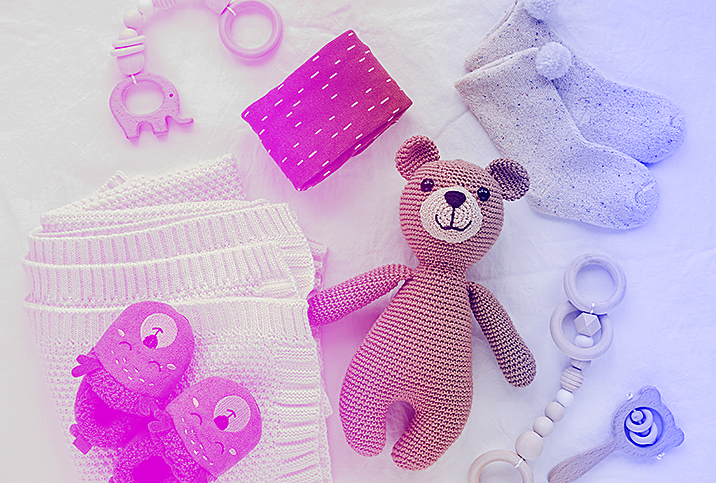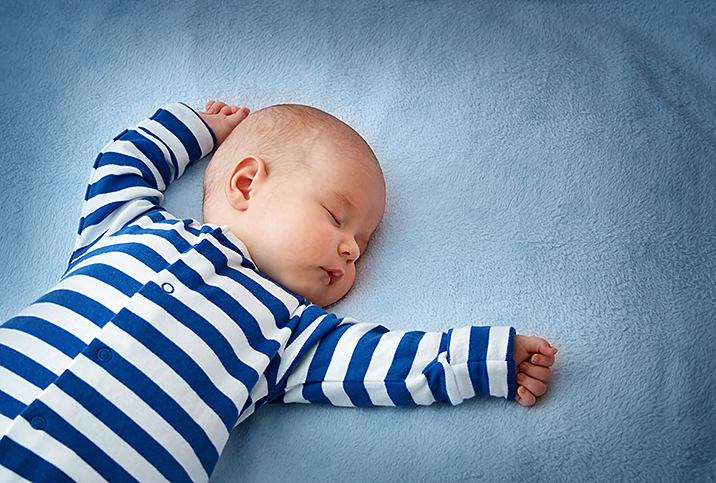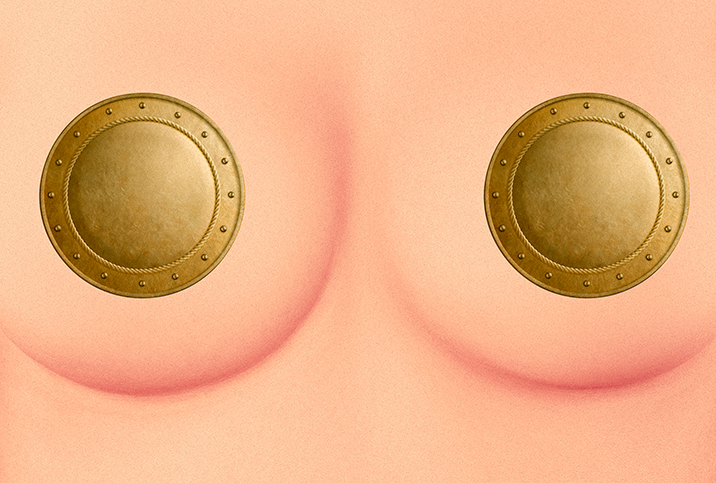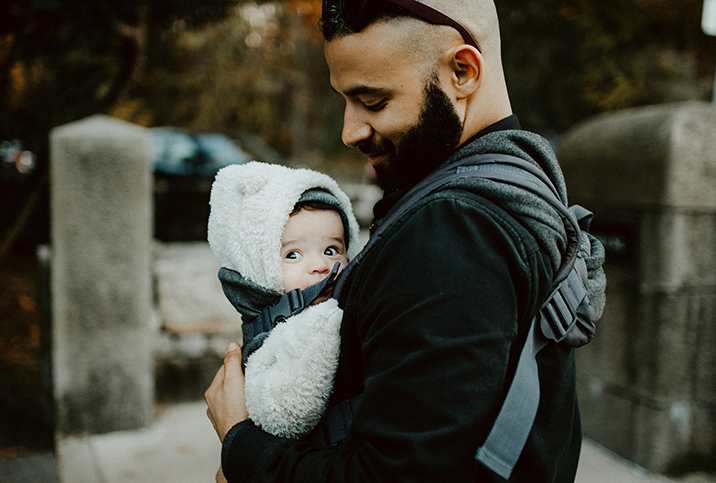6 Things Your Baby Will Need and You'll Want—Plus What to Avoid

New parents, along with their families and friends, buy many items to prepare for the first months of a child's life. Manufacturers target this lucrative market by spending billions of dollars annually to advertise their products to new families.
While the sheer amount of advertising and recommendations can make you feel like you should open a new credit card, there is no universal must-have baby item. But of all the options, there are some that parents actually use in the first months of their baby's life, and others they regret buying.
A pediatrician's recommended items for newborns
"There are an overwhelming number of products on the market for the baby's nursery," said Jeffrey Tan, M.D., a pediatrician at Stanford Children's Health in the San Francisco Bay area and father of two adult children. "Some of these products are essential, such as a place for the baby to sleep, while others are superfluous, such as an automatic formula maker."
Tan shared three products he felt were valuable for parents of newborns:
Audio baby monitor
"Even if the baby's nursery is adjacent to where parents are sleeping, baby monitors provide parents with reassurance, especially when the parents are in other parts of the house," Tan said. "Video monitoring is not essential, but many parents like the ability to hear and see what their newborn is doing."
Digital thermometer
"When there is concern your baby is not feeling well, a digital thermometer that can measure an under-the-arm or rectal temperature is essential," Tan explained. "There is no need at this young age for an infrared or other fancy thermometer. The first thing pediatricians want to know when babies are not acting well is whether they have a fever, as that helps us decide what additional measures need to be taken."
Nasal aspirator
"Although it sounds very old-fashioned, a nasal aspirator can be invaluable when your infant has nasal congestion," Tan said. "Babies don't blow their noses and are obligate nose breathers for the first few months of life, so they can get uncomfortable with nasal congestion. Aspirators sent home by the hospital often have a tip that is too large for newborns. Buy an aspirator with a smaller nasal tip."
Recommendations from a birthing professional
Hannah Brown is a mother of a 4-year-old and a hypnobirthing teacher in Wakefield, England, who has worked with more than 200 families from all over the world to prepare for birth. She asked her Instagram followers which items are essential for the "fourth trimester." Here are some of their (and her) top suggestions:
Sling or wrap
"Wearing your baby in a sling is ideal for keeping them close to you, especially in those first few weeks when all that a newborn wants is comfort, warmth and familiarity," Brown said. "Wearing your baby will provide them with comfort, but it also allows you to use your hands and get things done around the house. My little girl used to sleep in the sling on my chest while I did housework."
Babygrows (footed pajamas)
The most comfortable clothing for a newborn to wear is a babygrow, also known as footie pajamas or footed pajamas, according to Brown.
"Some of the little outfits you can buy are cute, but they don't leave much room for movement and the material can be harsh on babies' delicate skin," she said. "Babygrows are often made from soft materials and have plenty of space inside for the baby to kick and stretch. Some babygrows come with built-in scratch mitts. These are far better than buying separate baby mitts that just fall off their little hands."
Nappy (diaper) caddy
"This is a little basket filled with all the essentials to change a baby's nappy," Brown said. "Include nappies, wipes, cream and bags in which to put dirty nappies. Having a nappy caddy in a few locations will make the changes much easier and quicker, especially in the first few days when movement may be difficult for mum."
Baby items to avoid
"There are products on the market that are helpful but unnecessary, as well as some that are potentially dangerous or costly with little benefit," Tan warned.
Here are three Tan recommends not using:
Crib bumpers
"Parents worry their infant will get their arms or legs caught between the crib slats," Tan explained. "Crib bumpers are supposed to prevent that from happening. However, even with the breathable crib bumpers, there is a risk of entanglement of the baby's limbs in the bumper itself."
Sleep positioners
"Sleep positioners are marketed as a way to prevent the baby [from] developing a flat head. They keep babies sleeping on their backs to help prevent SIDS [sudden infant death syndrome] or to help with reflux," Tan said. "But they are potentially dangerous, as babies have suffocated while using them."
Smart baby monitors
"Baby monitors that check oxygen saturation, heart rate and movement are not dangerous but can give parents a false sense of security, as well as causing needless worry with false alarms," Tan said. "The American Academy of Pediatrics does not recommend them as a way to reduce the risk of SIDS."
Brown has suggestions for the nonessential list, too:
Scratch mittens
"The little gloves they claim to stop babies from scratching themselves are pointless," Brown stated. "They fall off, or the baby pulls them off."
Baby socks and shoes
While baby footwear is adorable, socks and shoes are usually pointless, according to Brown.
"They never stay on, and the baby ends up with cold feet," Brown said. "Having an all-in-one outfit that covers their little toes is far easier and more comfortable for the baby."
Teddy bears
"They won't be interested in soft toys until they get older. Additionally, stuffed animals can be unsafe if a baby is left alone with them," Brown warned. "They look cute in the nursery, but you are all a baby needs for comfort."
Resisting advertisers' pressure to buy unnecessary products can be a challenge. Good resources for information on the usefulness and safety of baby products include your baby's pediatrician, the American Academy of Pediatrics and the Consumer Product Safety Commission, according to Tan.


















